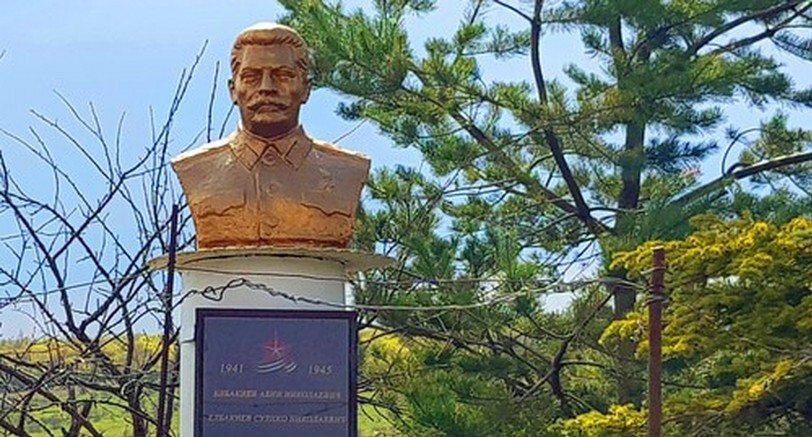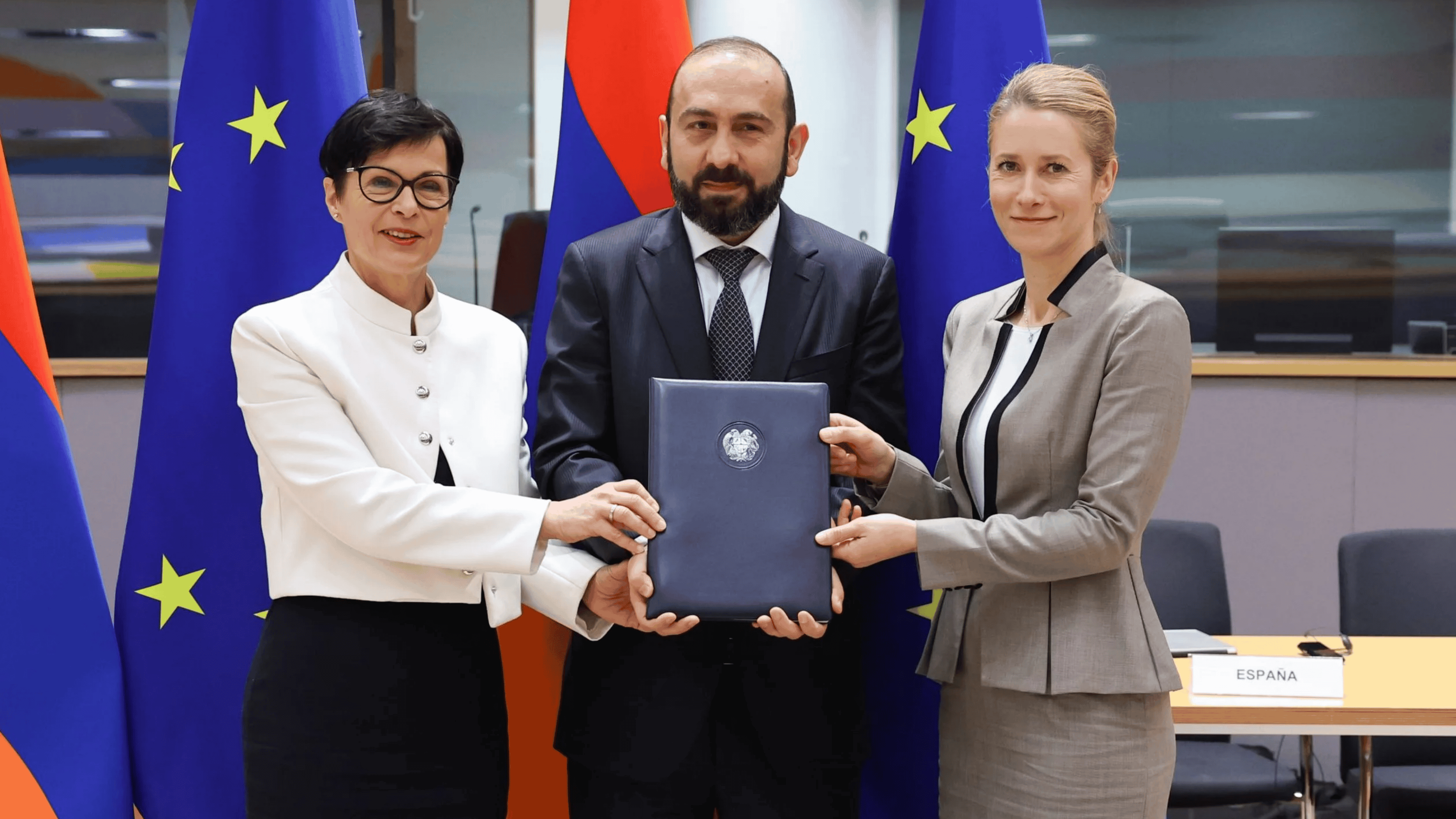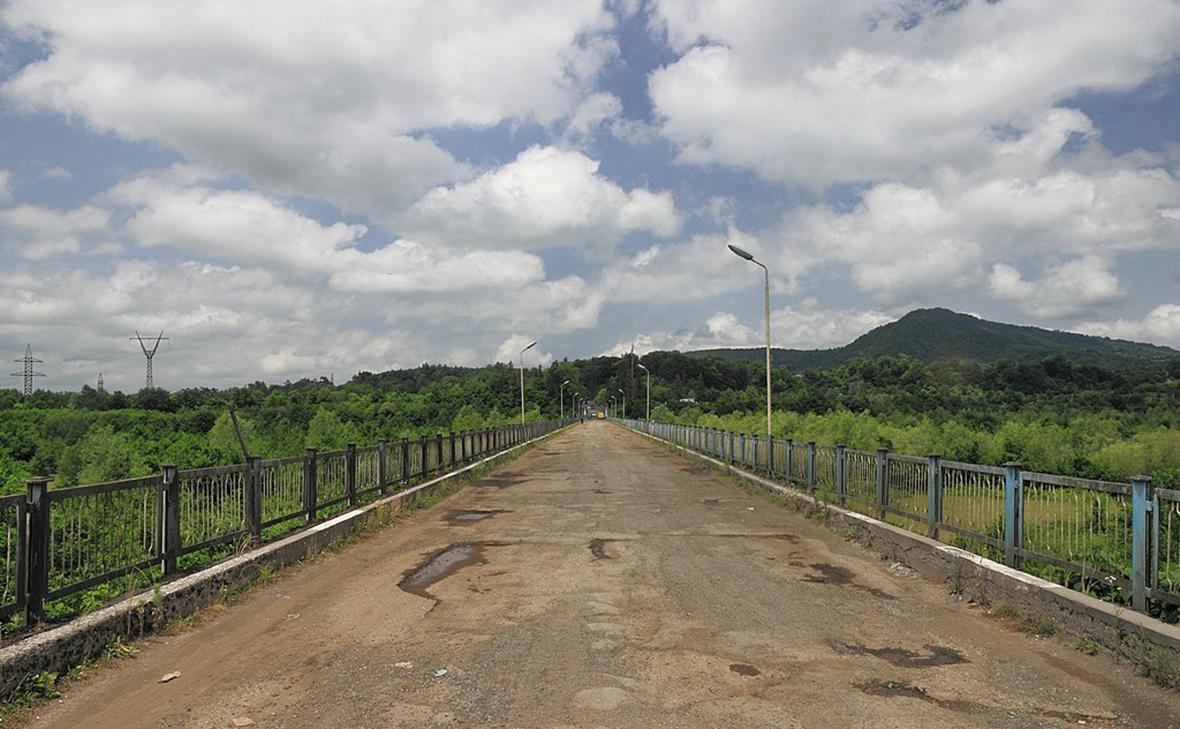Why is Shusha/Shushi so important for Azerbaijanis and Armenians?
Shusha/Shushi for Azerbaijanis and Armenians
The ‘second’ war in Karabakh, which began on September 27, 2020, has once again confirmed how important the city of Shusha/Shushi [ed. the Azerbaijani and Armenian versions of the name respectively] is for both Armenians and Azerbaijanis.
Now that the war is entering a decisive phase, the city has strategic importance for the defense/capture of the entire Karabakh. However, historically both peoples call this city their ‘cradle’.
Two experts – Shahin Rzayev from Baku and Naira Ayrumyan from Stepanakert – told JAMnews why.
The strategic position of the city in the battle for Karabakh
The Armenian side officially confirmed fighting for the city on November 6 and 7. Social media saw videos of shootings on the outskirts, filmed and published by Armenian soldiers.
Shusha/Shushi has a critical location. A road known as the Lachin Corridor, or the “road of life” for Karabakh, passes through the city.
- Karabakh: Azerbaijani army nears ‘fortress city’ Shushi/Shusha
- ‘Consultations with Russia have begun’ – Armenian PM’s aide on military assistance
- Why is Azerbaijan boycotting foreign burger, pizza joints – and shampoo?
After a month and a half of fighting in Karabakh, battles have crept close to the city of Shushi/Shusha. Why this is a defining moment and what is the background of the hostilities
If the Armenian side fails to carry out a successful counter-offensive, allowing the Azerbaijani forces to block the Lachin corridor, take Shushi/Shusha and move further into the mountains, the main route from Armenia to Karabakh will be cut off.
In this case, the very existence of the Nagorno-Karabakh Republic (NKR), which declared its independence from Azerbaijan on December 2, 1991, may be under threat. This was followed by a slaughterous war between Armenians and Azerbaijanis, which lasted until 1994. NKR has not been recognized by any state in the world, including Armenia.
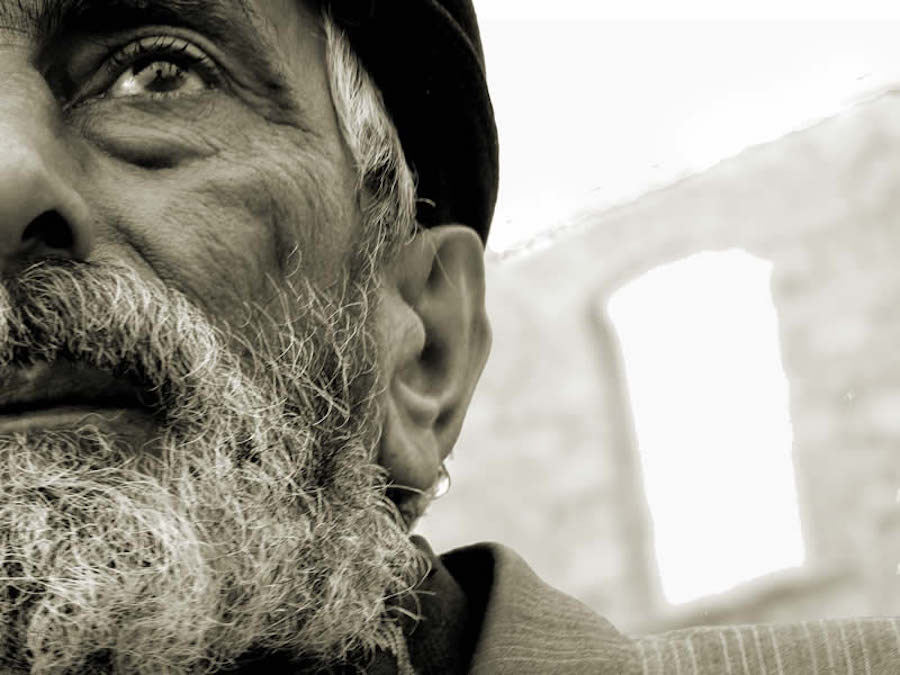
Shahin Rzayev, Baku: "Shusha is like Mtskheta for Georgia or Kyoto for Japan"
“Without Shushi there is no Karabakh, and without Karabakh there is no Azerbaijan” – every schoolchild knows these words of the long-term leader of Azerbaijan Heydar Aliyev.
Surprised foreigners sometimes ask “what does Shusha mean for Azerbaijanis, why do you focus on it instead of, say, the regional center, Stepanakert”?
Of course, Azerbaijanis consider Khankendi, which was renamed into Stepanakert in Soviet times, as an integral part of their homeland, but Shusha also has a symbolic, perhaps sacred, meaning for us.
Much like Mtskheta for Georgia or Kyoto for Japan.
Until the middle of the 19th century, Shusha, along with Tabriz, was considered the cultural and political center of the Shiite Turks, a people who would later be called Azerbaijanis.
Some people call Shusha “the cradle of Azerbaijani culture”. Of course, one can argue whether it is a “cradle”, I would rather call it a “university”.
For about 200 years of its prosperity (before the grave events of the Armenian-Azerbaijani massacre at the beginning of the 20th century, after which the city fell into decay) Shusha was a place where poetry, art and architecture blossomed.
Here’s a simple example. The chief vizier of the second Karabakh khan, Ibrahim-Khalil, was the poet Vagif, who is considered to be the creator of the modern literary Azerbaijani language. As Pushkin is considered to be the creator of the literary Russian.
In addition to Vagif, outstanding representatives of Azerbaijani culture, such as poets Natavan, Zakir, writer Khagverdiyev, composer Hajibeyov (founder of Azerbaijani classical music, author of the first opera in the East), singers Bulbul, Khan Shushinsky and many others lived and worked in Shusha.
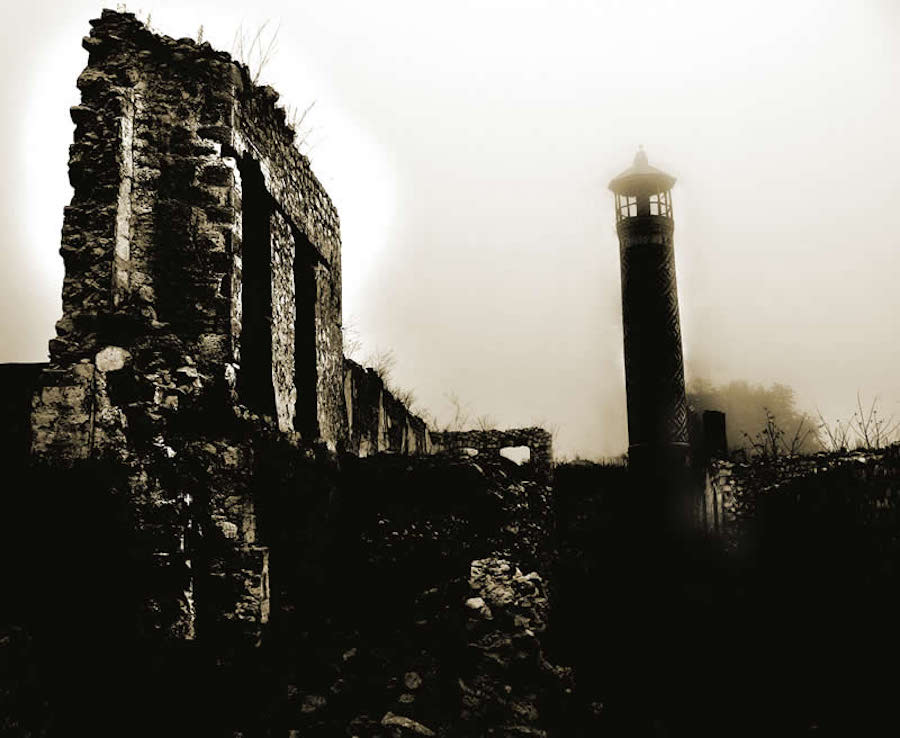
Besides cultural heritage, Shusha also had a huge political influence on the life of the region.
The Karabakh khans, de facto vassals of the Iranian shahs, in alliance with some Armenian meliks (i.e. local feudal princes), took more and more sovereignty for themselves.
It was Shusha that withstood the first siege of the Iranian Shah Qajar, it was there that the great conqueror found his death after the second campaign.
Shusha also resisted the Soviet regime longer than other Azerbaijani cities, along with Ganja.
Shusha was the first capital of the Nagorno-Karabakh Autonomous Region, formed in 1923, within Azerbaijan and the Azerbaijani majority prevailed in this city almost always – from the moment of its foundation until May 1992.
- Op-ed: a look at the Karabakh conflict from the outside – Armenia has missed a chance for compromise
- Rallies calling for an end to war, opera producing camouflage: Yerevan and the war
I had a chance to visit Shusha only once, at the end of August 1998. We were one of the first Azerbaijani journalists who managed to visit Nagorno-Karabakh after the ceasefire agreement, and the first to be admitted to Shusha.
Seeing it shocked me, even left a psychological trauma. Having heard about the unearthly beauty of nature in and around Shusha, I saw a city destroyed by the war, abandoned ruins.
Most of all I was shocked by the internal view of the Yukhari Govkhar-Agha mosque, although I am distant from religion. You could see that the organizers of the visit tried to put things in order, but there were traces of automatic fire on the walls, where suras from the Koran were.
20 years later, the unrecognized authorities of Nagorno-Karabakh decided to restore this mosque, only a new war changed all plans again.
Naira Hayrumyan, Stepanakert-Yerevan: "Armenian roots cannot be pulled out of Shushi"
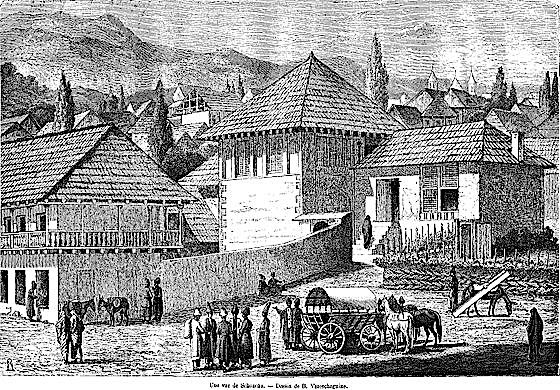
On May 8, 1992, I went out of the basement to the courtyard of my house in Stepanakert to buy eggs and greens.
We had been in the basement since September 1991. At the time, Stepanakert was being shelled from all sides, but the most fierce shelling was from Shushi, which is located about half a kilometer above Stepanakert. From Shushi you can see all Stepanakert at a glance.
While I was buying greens, shooting began. I was about to run for cover, when I suddenly saw men in the old clothes of Armenian fedains coming out of the entrance [ed. “people’s avengers” who fought a partisan struggle for the liberation of the Antalya region in Turkey, which many in Armenia call ‘Western Armenia’] – with a mustache up, sheepskin epaulets, with cartridge belts and machine guns.
They came out like 33 heroes, singing something very masculine under the mustache. Seeing me, they stopped: “Don’t be afraid, we’re on your side, we are starting the liberation of Shushi. Do not hide. Look how ours are shooting.”
I looked up and saw the rockets flying in the opposite direction – towards Shushi. On this day, our people liberated Shushi.
On that day, the war ended for me. My 10-month-old son and I left the basement and returned home.
- “Azerbaijan offers Armenians cultural autonomy, and to wipe them off the face of the earth” – Armenian political scientist
- Armenia, Azerbaijan using prohibited cluster bombs in Karabakh conflict zone – HRW and Amnesty International
- What’s going on between Turkey and Russia? Commentary from Baku
Shushi is the head, and when the head is in order, the whole body works like a clock. The history of Shushi can be studied in the cemeteries, there are seven of them near the city.
There was such a person – Hrachik Harutyunyan, may he rest in peace, he studied Shusha cemeteries for many years – five Armenian, one Russian and one Muslim. He discovered all kinds of graves there – an Armenian princess from Tbilisi, a Russian officer with an obviously Swedish surname, a missionary from Basel, and a wealthy Armenian merchant, whose grave losted all the things he did for Shushi.
Armenian historian Leo and writer Muratsan were born in Shushi, as well as the ancestors of many famous Armenians, who proudly say that their grandfathers – Tadevosyans, Zhamkochians – built hospitals and water pipelines in Shushi, which work to this day.
My aunt Raya, my neighbor in Stepanakert, told how her family fled from Shushi in 1920, where a bloody massacre began.
She, a five-year-old girl, was brought to the village of Gaybalu, which is just above Stepanakert. But the merciless hand reached this village too. Now in an empty village there is an old 17th-century church, standing all alone.
Armenian roots cannot be pulled out from Shushi, or they will have to do it together with a huge layer of soil – from Maikop to Ardabil, from Batumi to Vienna.










